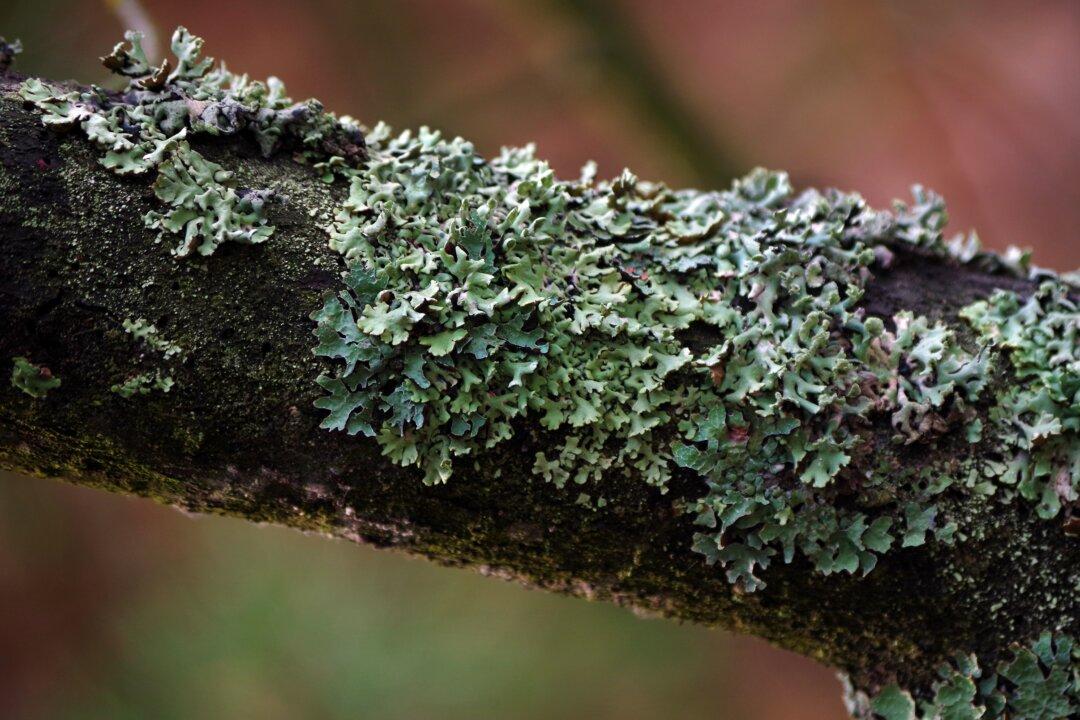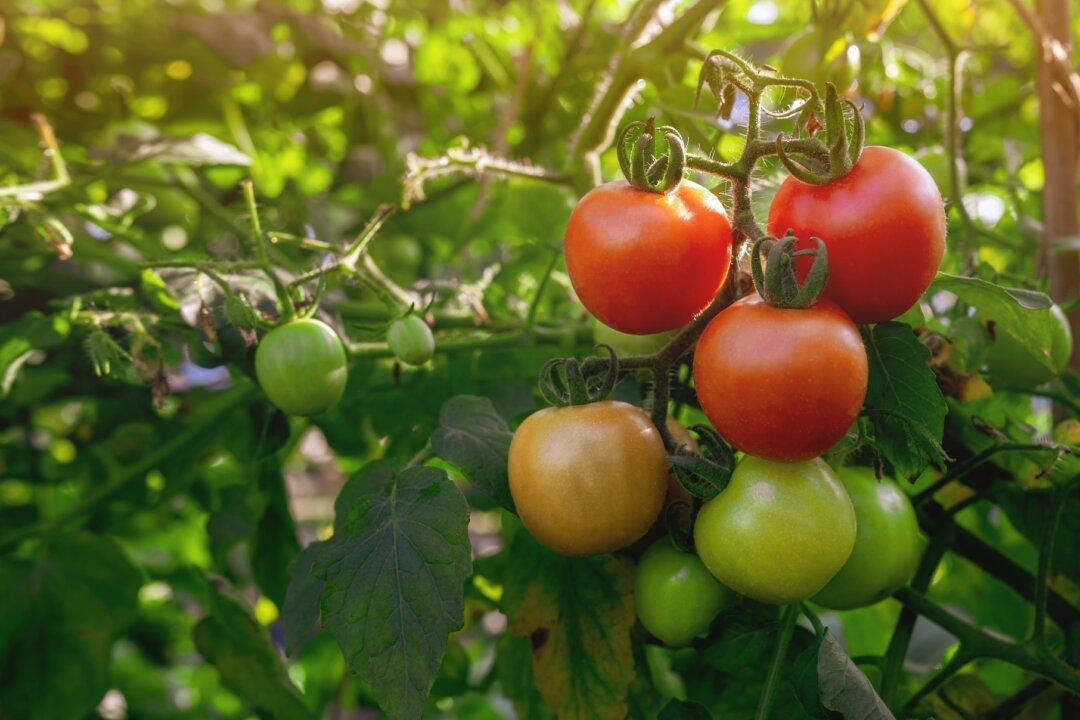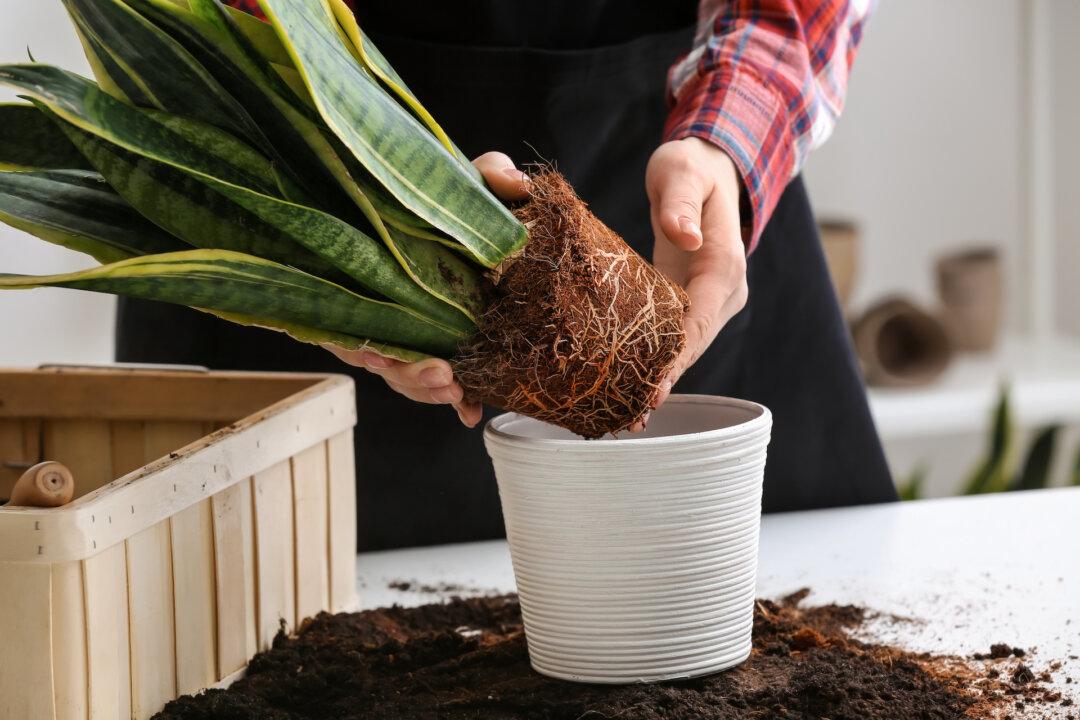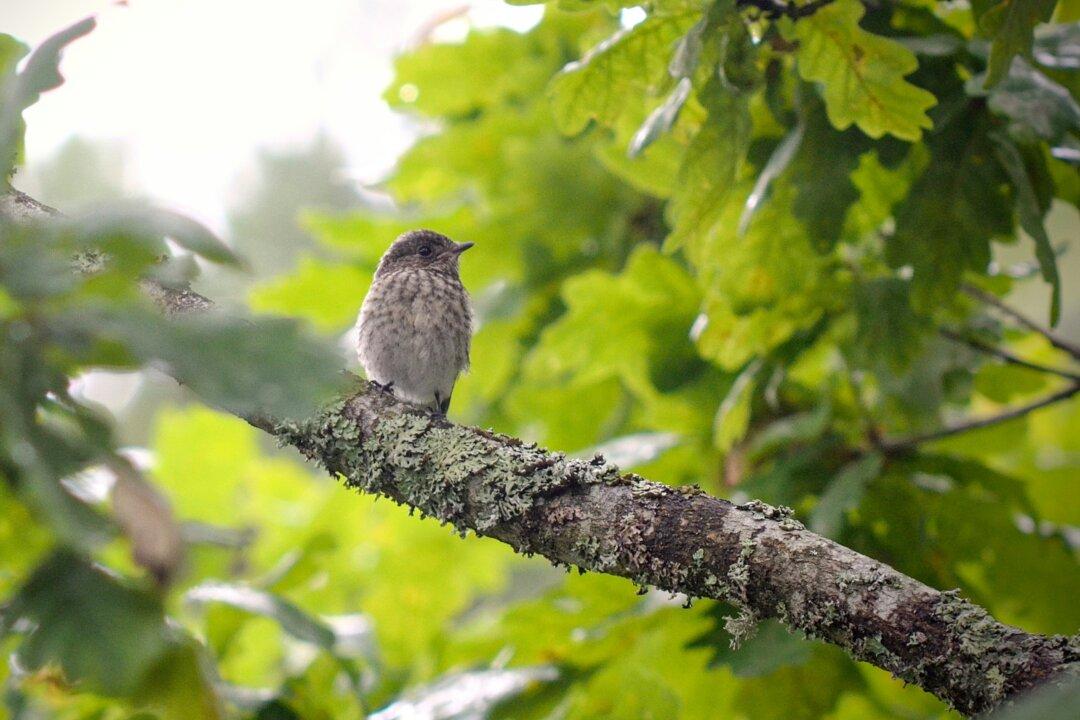Last year at this time, around Easter, most areas had lockdowns. Most churches weren’t able to have in-person services and weren’t buying Easter lilies. I wrote about how many independent garden centers that sold Easter lilies, annual flowers, and vegetable plants were having a hard time financially. But as people stayed home from work and school, they decided to plant more flowers and vegetables. After a very tough start, garden centers had a strong year.
If you didn’t buy an Easter lily before Easter, you should go buy one now. They will be on sale, and you can call it a spring lily. You can enjoy the flowers and fragrance for the next few weeks, and then you can plant it outdoors.





